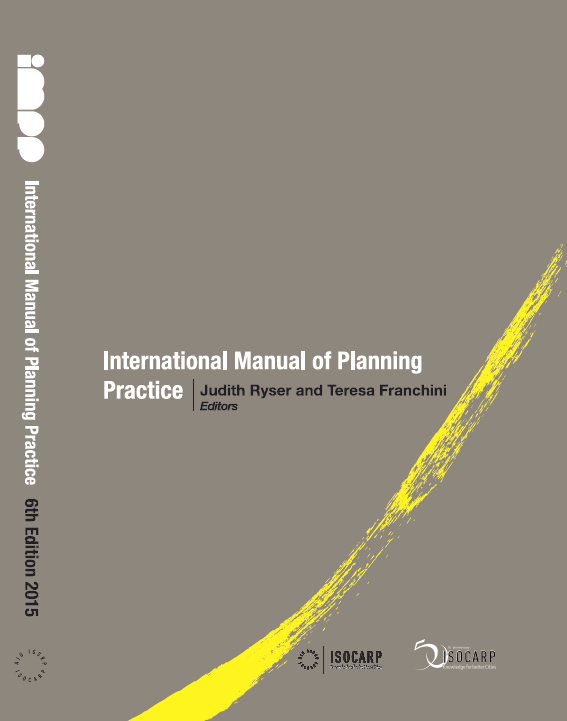For whom is the IMPP?
The planning system is the key instrument which balances property rights with the public interest by translating spatial development processes into physical form. In a globalising world cities have gained importance as drivers of the economy and protagonists of sustainability while development takes place at ever increasing scale and pace. Such dynamic evolution puts pressure on planning to adjust and innovate relentlessly.
The book is a compendium on planning of use to practising planners in both the public and the private sector, as well as to other built environment professionals. It also constitutes a reference book for academics and students and provides basic information for planners, developers and investors who intend to operate in countries beyond their own. Besides a succinct background on each country and its planning system, the focus of the Manual is on planning practice. The IMMP is being used around the world for international advising, educational purposes and as reference for international cooperation.
What is the IMPP?
The IMPP gives readers a comparative overview of planning worldwide provided by experienced practitioners and academics in five continents. The aim of the 135 case studies is to give a comprehensive panorama of the regulated development process and puts it into the perspective of real world experiences. It is structured as follows:
- General country information: description of the general country information (text, diagrams, maps, dealing with location, size, characteristics of the country, population, GDP, government, etc.)
- Planning framework: political and institutional structure and organisation, administrative competence for planning, main planning legislation, planning and implementation instruments and development control mechanisms.
- Planning process: planning system and plan making, development control procedures, participation and appeal, other initiatives.
- Sustainability and governance: environmental protection, Agenda 21, specific complementary legislation; main stakeholders in the spatial physical development process, urban management and maintenance, and relations between built environment users; use of ICT in the planning, information dissemination and participation process
- Evaluation: planning system in practice, critical analysis of the application of the planning system in practice, focusing on the gaps between planning legislation and physical spatial development and the future prospects of the planning process, besides other relevant comments.
The much expanded 6th edition of the IMPP of 2015 in terms of number of countries and content follows the new format of the 5th edition of 2008 as a book with a digital device. The book consists of a concise synthesis of planning systems in 135 countries from all five continents and a comparative essay on the state of the art and future outlook of planning based on the country contributions. An USB card incorporated in the IMPP book contains the full papers with illustrations produced by practising planners.
A bit of history:
On the initiative of the past President, Javier de Mesones, the International Society of City and Regional Planners (ISOCARP) illustrated these processes in its first International Manual of Planning Practice (IMPP) published in 1992, updated in 1995, 1998, 2001 and 2008. The current editors wish to acknowledge the great effort of the previous editors, Adriana Dal Cin (†) and Derek Lyddon (†) whose work constitutes the basis of the new, much expanded 6th edition of IMPP. The 5th and 6th edition give a fresh insight into administrative structures, planning systems and physical development processes of cities and regions in the 21st century from a new perspective. The innovative aspect of this unique source of information is to emphasise the relationship between the planning system and its application in practice.
ORDER
